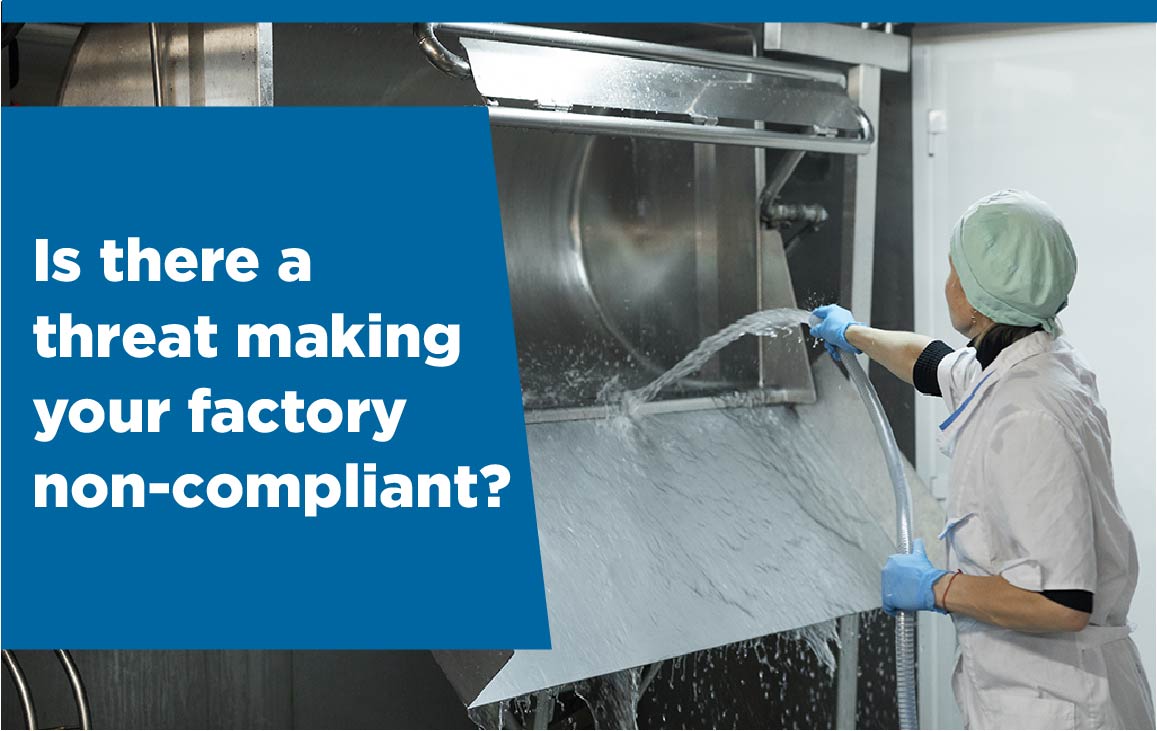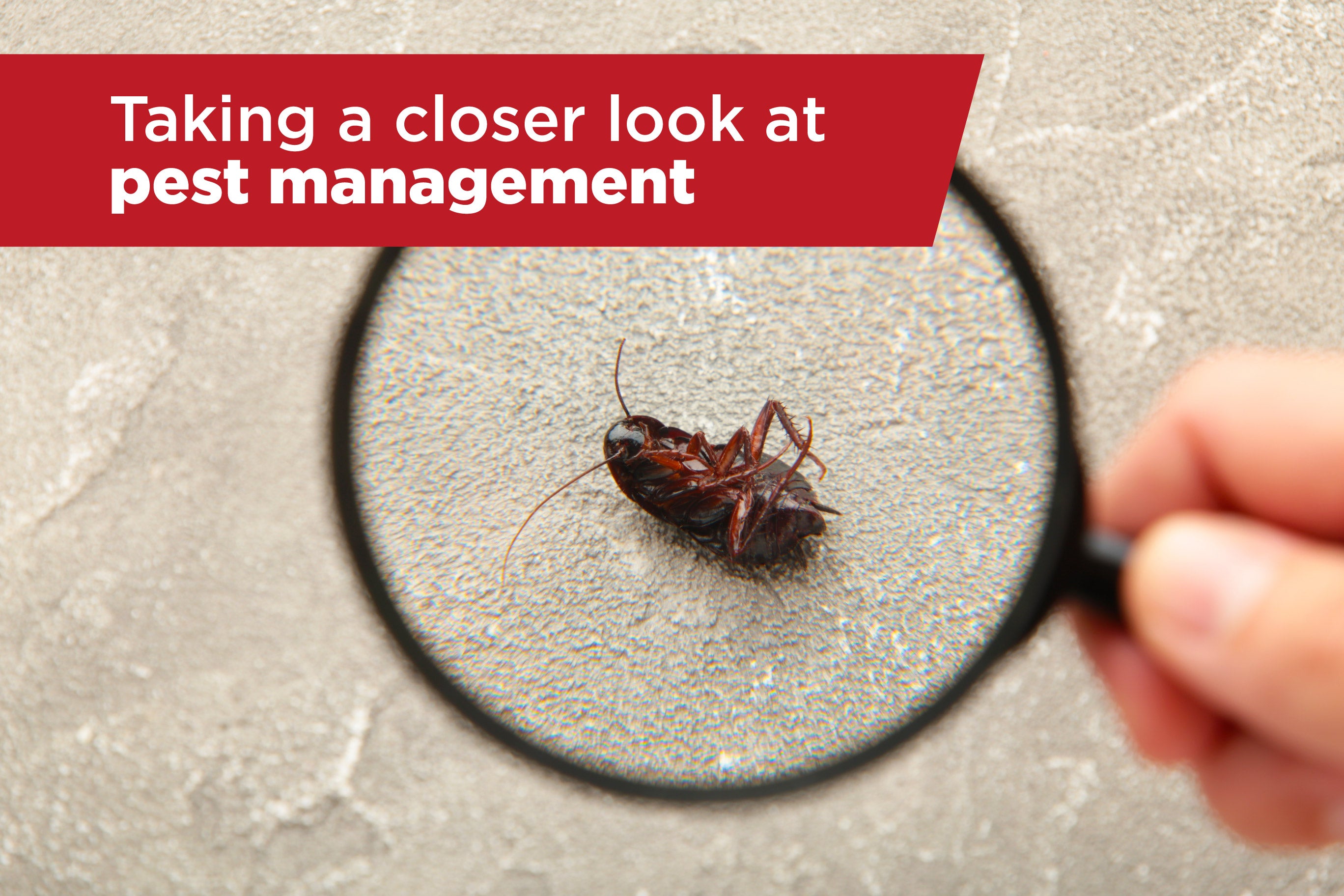The food processing industry is constantly evolving to meet the ever-increasing demands of food hygiene and risk management. To ensure this, industry leaders rely on stringent hygiene standards, particularly the BRC Global Standard for Food Safety. In August 2022 the BRCGS released issue nine of its standard, incorporating significant changes to clause 4.6.2, Design and construction of equipment. These changes aim to strengthen contamination controls by focusing on the design and installation of furniture and equipment to prevent cross-contamination.
Key changes in clause 4.6.2
The updated clause emphasises the need for comprehensive risk assessments to identify potential contamination hazards associated with furniture and equipment design. This includes considering factors such as material selection, surface finishes and cleaning accessibility. The BRCGS clause 4.6.2 itself states:
“The design and construction of equipment shall be based on risk, to prevent product contamination. For example, the use of the correct seals, impervious surfaces or smooth welds and joints, where they are exposed to product and could otherwise result in foreign-body, microbiological or allergen contamination of the product. Equipment that is in direct contact with food shall be suitable for food contact and meet legal requirements where applicable.”
In reality this means that furniture and equipment that was acceptable under the previous issue eight, may not be compliant with the implementation of issue nine. For example, furniture and equipment that has been in service for five years or more may need to be replaced as the construction may not meet the new standard. Previously acceptable welds, dirt traps and surface corrosion due to cleaning regimes mean that if action isn’t taken, then non-compliance is just around the corner.
And this doesn’t just apply to furniture that has been in place for a significant amount of time. Second-hand furniture and equipment will suffer from the same issues, so if you think you are making a wise purchasing decision on second-hand furniture due to budgetary constraints, then you will be in for a shock when the next audit comes around.
Impact on the food processing industry
These changes are expected to have a significant impact on the industry going forward, since enforcement back in February. Companies are required to re-evaluate their equipment procurement and installation practices with the new requirements in mind. The focus on risk assessment will necessitate a closer examination of potential hazards throughout the equipment lifecycle, from design to disposal.
Businesses are still being caught out on clause 4.6.2, which is the third most common minor non-conformance. There is now a clearer distinction between the requirements for furniture and equipment that is in contact with food to those that aren’t. Food contact equipment is now, more than ever, held to more rigorous standards than non-food contact equipment.
As the hygiene requirement gap between food processing and industries such as pharmaceuticals and cleanrooms narrows, the quality of the furniture should now be further up the procurement agenda.
Strategies for adapting to BRCGS issue nine changes
To effectively adapt to the updated clause 4.6.2, businesses should look to implement the following strategies:
- Review equipment design and procurement practices. Thoroughly assess existing equipment and establish clear specifications for new equipment purchases. Consider factors such as material composition, surface finishes, corrosion resistance and how easy the furniture is to clean
- Implement risk-based equipment installation and monitoring protocols. Comprehensive risk assessments should be conducted throughout the equipment lifecycle, from installation to disposal. Potential hazards should be identified and controls implemented to prevent exposure to contamination
- Continuous improvement. Regularly review and update equipment and furniture, procurement and commissioning practices to align with evolving industry demands and emerging risks.
Partnering with industry leaders such as Campden BRI can help you and your business keep on top of the latest requirements in the food industry and can provide training opportunities to enable staff to better manage and understand risk.
Teaming up with knowledgeable suppliers is also a great way to make sure that the procurement process under clause 4.6.2 stays compliant. Teknomek work closely with Campden BRI and various audit partners to make sure that our furniture and equipment is hygienically designed from the highest quality materials. We manufacture all the furniture built on-site from 304L or 316L stainless steel, giving the best possible corrosion resistance to enhance the lifetime value of our products.
We use intelligent design when developing our products, taking into account the need for easy cleaning and access, plus reduced dirt traps, to allow for our products to be used directly in food contact areas without worry.
To find out more, contact one of our Teknomexperts for a discussion about our products and how they can benefit your business under the new BRCGS standard on +(0)1603 788 833 or visit the Knowledge base on our website for more information.
The changes in processes needed to maintain compliance under the new standard would benefit from the development of a robust food safety culture in your business. For more information on how to develop a culture from the very top down in your business, check out next week’s blog...





